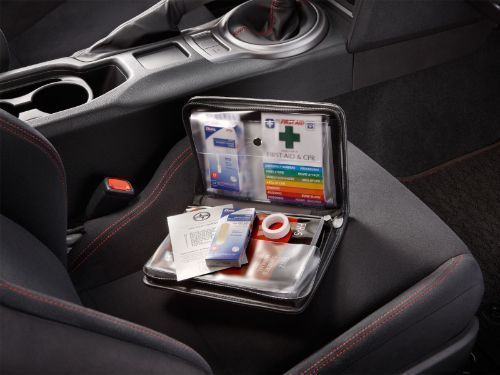
Water damage can strike unexpectedly, wreaking havoc on homes and businesses. Timely and effective water damage restoration is crucial for minimizing the impact and preventing long-term issues. In this comprehensive guide, we'll explore 12 proactive tips to ensure effective water damage restoration, covering everything from immediate response to engaging professional services.
This guide will walk you through steps such as shutting off the water source, extracting standing water, and addressing affected belongings promptly. Additionally, it emphasizes the importance of professional assistance, guiding you on how to choose a reputable Water Restoration service and ensuring a thorough and efficient restoration process that safeguards the structural integrity of your property.
Immediate Response:
1. Turn Off Water Source: The first step in water damage restoration is to stop the water at its source. Identify and shut off the main water supply to prevent further flooding.
2. Electricity Safety: Exercise extreme caution around electrical appliances and outlets. If it's safe to do so, turn off the electricity to affected areas to avoid electrical hazards.
3. Remove Excess Water: Use towels, mops, or a wet/dry vacuum to remove standing water. The sooner you can extract excess water, the better the chances of minimizing damage.
Document the Damage
1. Photographic Evidence: Document the extent of the water damage through photographs and videos. This visual record will be valuable for insurance claims and restoration professionals.
2. Inventory Damaged Items: Create an inventory of damaged items. Note the extent of damage and, if possible, the original cost. This documentation will aid in the claims process.
Ventilation and Drying
1. Maximize Ventilation: Promote airflow by opening windows and doors. Use fans and dehumidifiers to expedite the drying process and prevent mold growth.
2. Remove Wet Materials: Discard and remove waterlogged materials that cannot be salvaged. This includes carpet padding, insulation, and items that may retain moisture.
Sanitization and Prevention
1. Disinfect Affected Areas: Thoroughly sanitize the affected areas to prevent the growth of bacteria and mold. Use disinfectants and antimicrobial solutions for a comprehensive clean.
2. Prevent Mold Growth: Act swiftly to prevent mold growth. Mold can proliferate within 24 to 48 hours of water damage. Apply mold inhibitors to surfaces and monitor for signs of mold development.
Seek Professional Assistance
1. Engage Water Damage Restoration Services: Contact professional water damage restoration services. These experts have the knowledge, equipment, and experience to handle extensive restoration, including structural drying and repairs.
2. Consider Smoke Restoration Services: If water damage is accompanied by fire or smoke damage, consider engaging smoke restoration services. These professionals can address issues related to odors, soot, and structural integrity.
Insurance Claims and Documentation
Communicate with Your Insurance Provider: In the event of water damage, it's crucial to promptly contact your insurance provider to initiate the claims process. Providing them with documented evidence, such as photos and detailed descriptions of the damage, is essential. Following their specific guidelines and procedures will expedite the claims resolution and ensure a smoother experience throughout the entire process. Clear and open communication with your insurance company is key to maximizing the benefits of your policy and recovering from water damage efficiently.
Cooperate with Adjusters: Once the claims process is underway, cooperate with the insurance adjusters assigned to assess the extent of the water damage. Make your property accessible for their inspections and provide any additional information they may require. Collaborating with the adjusters facilitates a comprehensive evaluation, enabling them to accurately determine the scope of the damage and assess the necessary compensation. This cooperative approach contributes to a more transparent and efficient claims resolution, allowing you to restore and repair your property in a timely manner.
Conclusion
Water damage restoration is a time-sensitive process that demands a proactive and systematic approach. By following these 12 tips, you can take immediate action to mitigate the damage, document the loss, and engage professional services for comprehensive restoration. Whether the water damage results from a burst pipe, flooding, Mold Restoration or any other unforeseen circumstance, being proactive in your response is key to a successful restoration process. Remember, the quicker you act, the better the chances of salvaging property and preventing long-term issues associated with water damage.
From shutting off the water source and conducting a thorough inspection to extracting standing water, drying affected areas, and disinfecting, each step in the process is crucial. Timely engagement of water damage restoration professionals ensures a swift and effective response, minimizing the impact on property and mitigating potential health risks associated with water damage. Taking immediate action is not only about saving possessions but also safeguarding the structural integrity of your home or business, emphasizing the importance of a swift and comprehensive restoration effort.
































